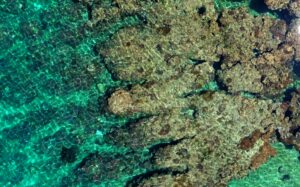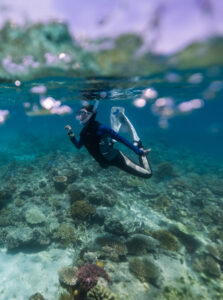
Hunting for soft corals in the coastal waters of NSW
When it comes to corals, the first image most people think of is something like the Great Barrier Reef. They think of big, colourful, rocky structures in warm tropical waters, teeming with all kinds of life. The hard corals that build these structures might be the most famous, but they’re not the only important coral


















